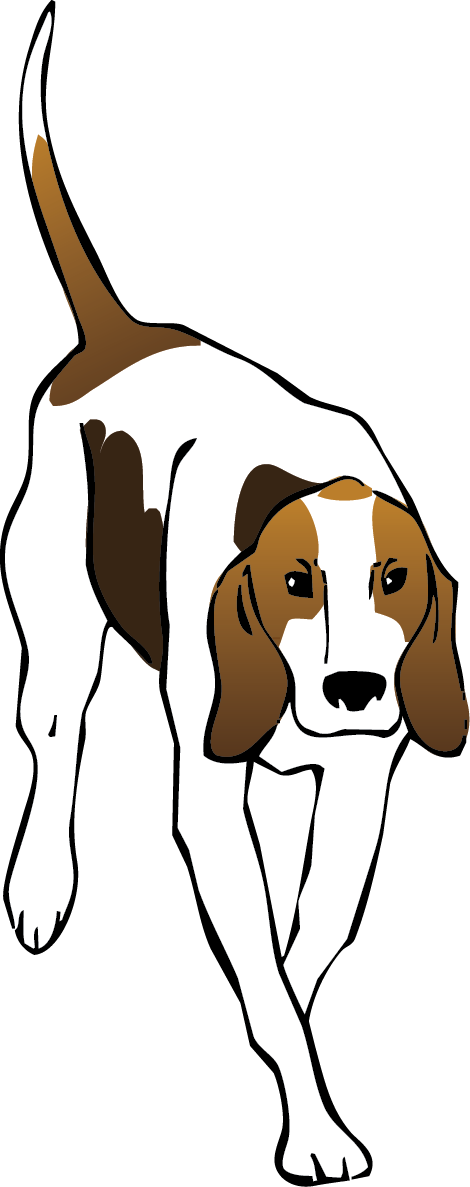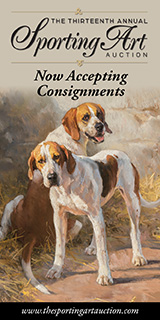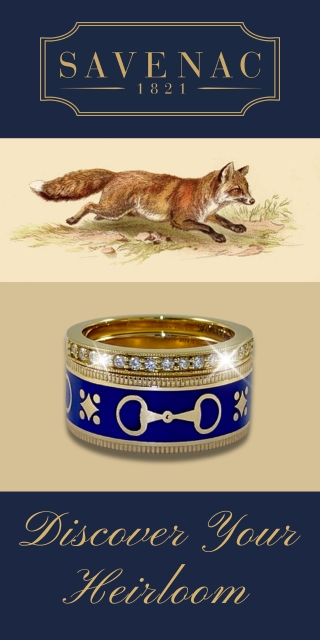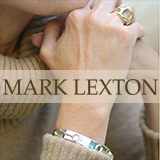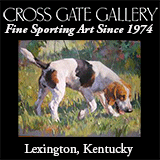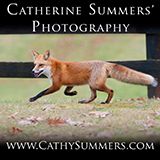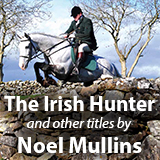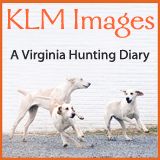hunt cap
What’s New in Hunting Head Wear?
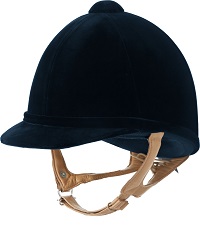 H2000 / Courtesy Charles OwenCan a foxhunter make use of modern materials and technology for a safer riding experience, yet maintain the traditional look of the hunting field? This has been an ongoing challenge.
H2000 / Courtesy Charles OwenCan a foxhunter make use of modern materials and technology for a safer riding experience, yet maintain the traditional look of the hunting field? This has been an ongoing challenge.
With foxhunters representing but a small subset of the total market for riding helmets, it makes good business sense for helmet manufacturers to strive to distinguish and brand their product offerings with stylish new shapes, medallions, stripes, and other decorative touches, none of which resembles anything that would have been acceptable in the hunting fields of even twenty years ago.
Correct hunting attire of the early twentieth century called for men and women field members to wear hunting derbies, with men switching to top hats when in formal attire. Later in the twentieth century, both men and women field members were moving toward the wearing of the iconic hunt cap in the field, traditionally correct only for Masters and staff. The rationale was that hunt caps, covering more of the head, were believed to be safer than derbies and top hats. In the interest of safety, most Masters put up little resistance to this migration.
We recently published a story about Caroline Treviranus, whose accident during the 1978 Three-Day World Championships rapidly spurred equestrian organizations to mandate the wearing of approved safety helmets during competition. So it was that when Caroline started managing my hunting stable some years later, I was still wearing the traditional hunt cap in the field.
Constructed of laminated fabric stiffened with shellac and glue, with no chin strap to keep it on my head in the event of an unscheduled dismount, it provided scant protection compared to the new approved helmets. Caroline, in the interest of job security (and perhaps even my health), commenced nagging me about wearing a safety helmet with harness to go hunting.
The Accident that Saved Countless Concussions
Caroline Treviranus and Comic Relief / Leslie Treviranus photo
Caroline Treviranus and Comic Relief were an experienced horse/rider team at the 1978 World Championship Three-Day competition in Lexington, Kentucky. It was Caroline’s second World Championships representing the United States, and she had ridden Comic Relief to Horse of the Year status two years earlier.
As the pair entered the stadium jumping arena for the third and final phase of the competition—having completed the dressage and cross country phases—they were standing in fifth place. A few minutes later Caroline lay unconscious in the grass, bare-headed. Her hunt cap—traditional headgear for all show riders at the time—had parted company with her in mid-air, and a whirling fence rail struck her head.
What followed was evacuation by helicopter, two weeks in a coma, and months of rehabilitation for Caroline. What resulted in quick succession for the rest of us were mandates by the United States Pony Club, the United States Combined Training Association (USCTA), and the American Horse Shows Association for the wearing of approved safety helmets. Eventually, as riders became used to wearing safety helmets, their use was adopted by foxhunters and approved as acceptable, indeed recommended attire.
